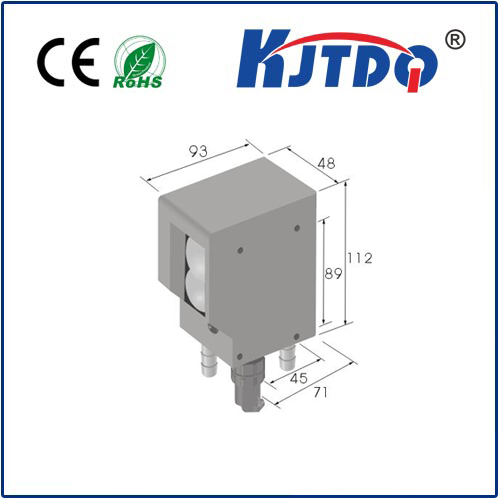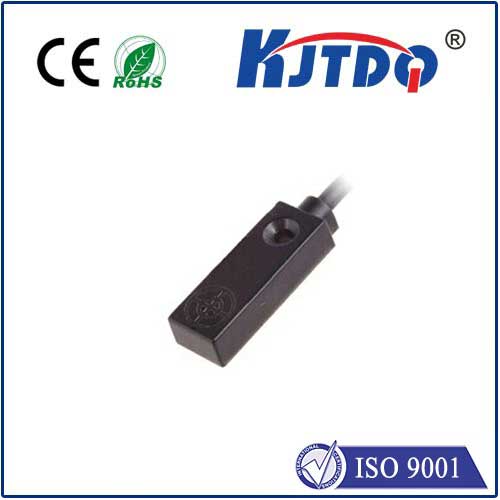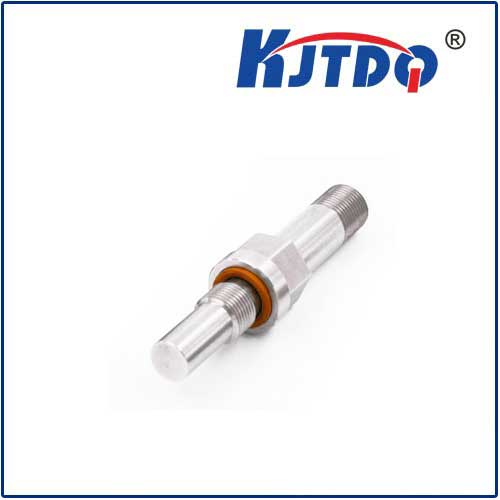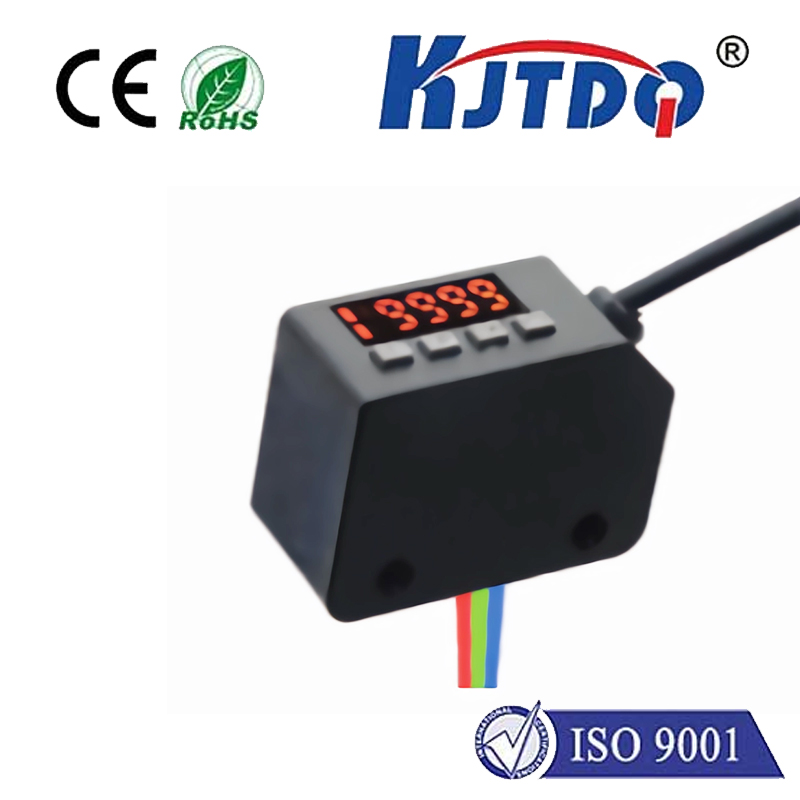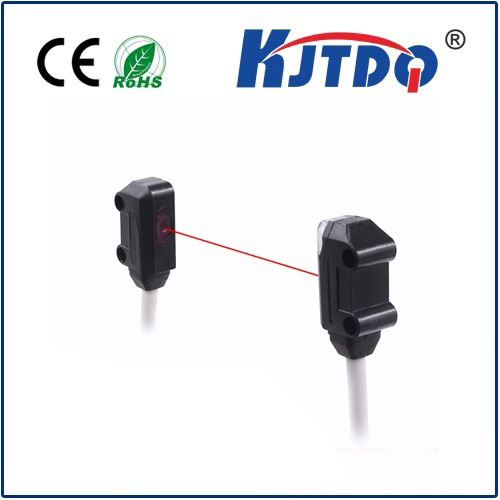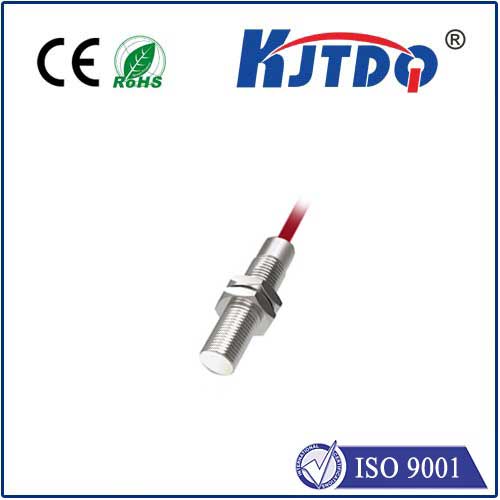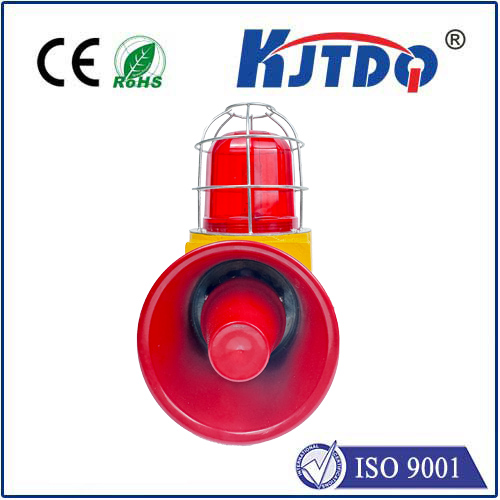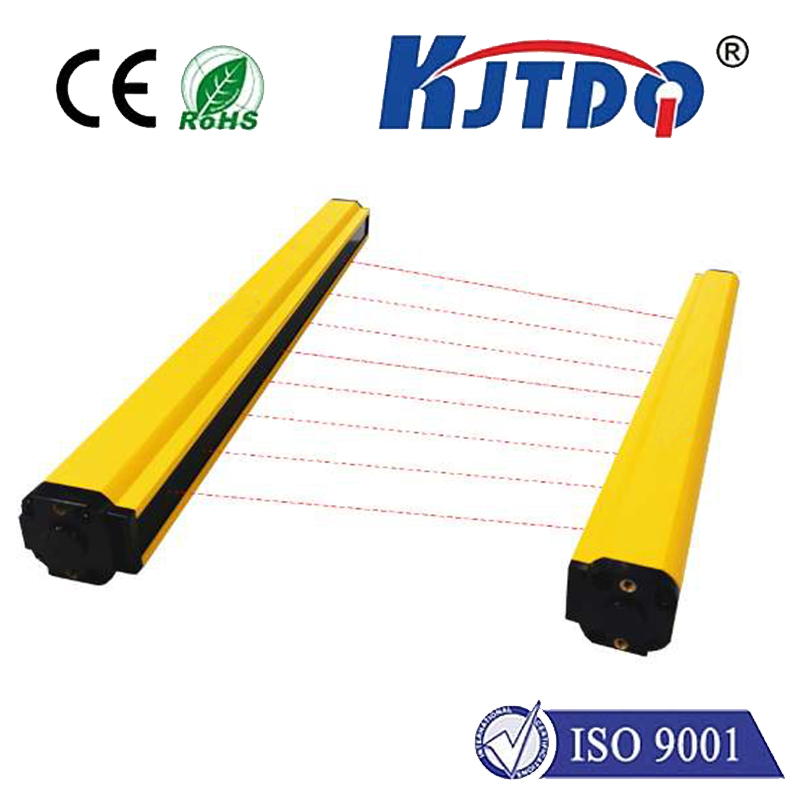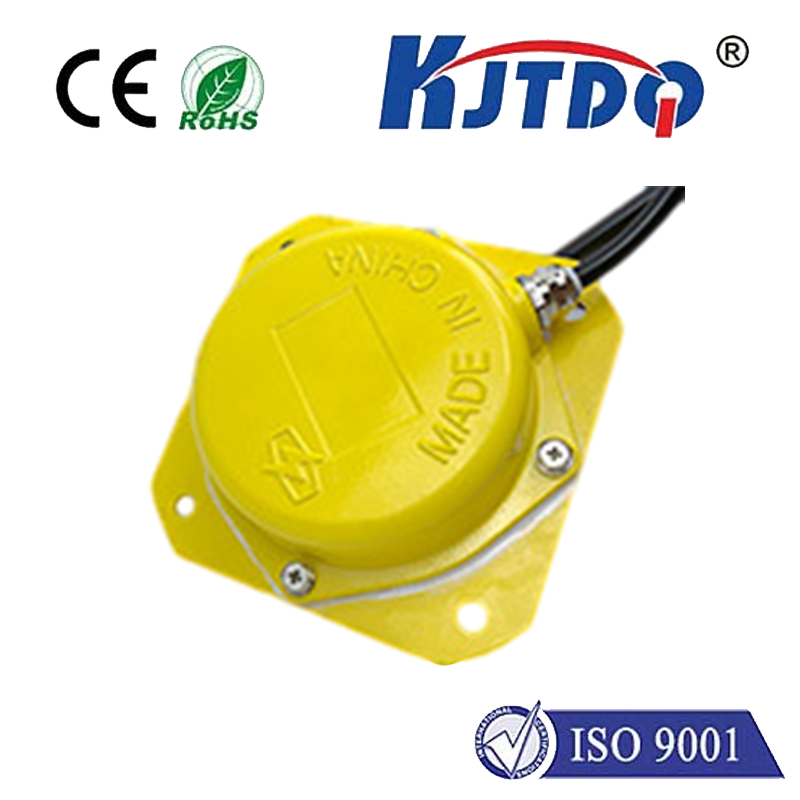
check

check

check

check
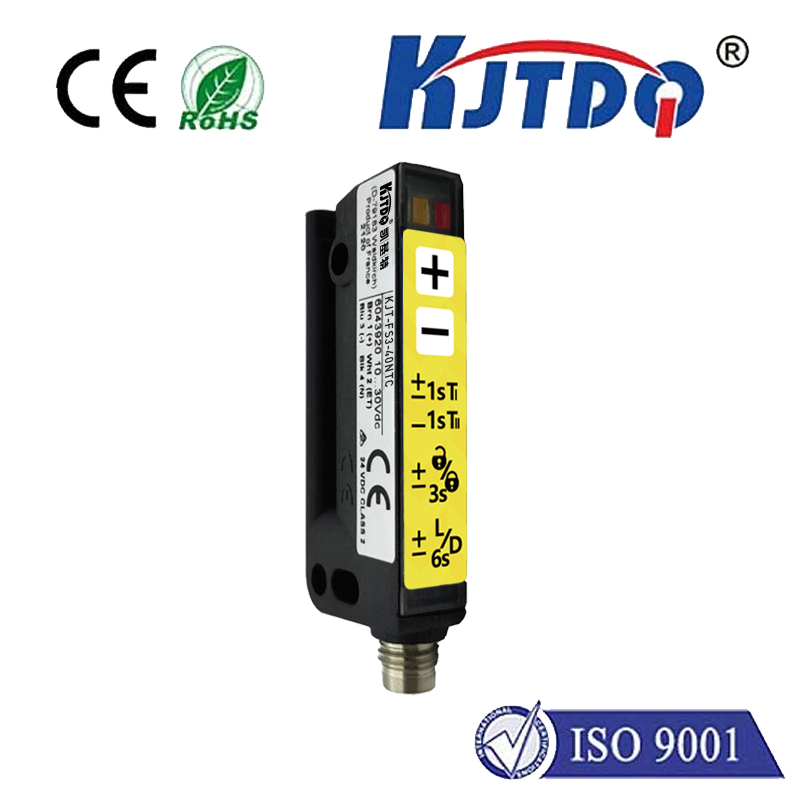
Label sensors are widely used in many fields, such as automation systems, packaging industry, warehousing and logistics, etc.
In automated systems, label sensors can be used to detect and read various labels, marks or identifiers on production lines, including barcodes, QR codes and RFID tags. This information is used to automate the processing and tracking of products, packaging, documents, goods or other objects.
In the packaging industry, label sensors can be used to detect printed labels, barcodes, QR codes, etc. to ensure correct product identification and tracking. In addition, label sensors can also play an important role in special packaging, such as the identification and positioning of tiny parts.
In the field of warehousing and logistics, tag sensors are used to read the information stored in RFID tags without touching the object. This helps improve inventory management efficiency and accuracy while reducing error rates and providing data for traceability and management.

In addition, there are some special sensors, such as temperature sensors, humidity sensors, acceleration sensors, light sensors and pressure sensors, etc., which are widely used in various fields. For example, in fields such as food, medicine and chemical industry, temperature sensors can be used to monitor the temperature of goods in real time to maintain quality and safety; in fields such as agriculture, textiles and warehousing, humidity sensors can monitor the humidity of the environment where goods are located; in logistics, In fields such as warehousing and transportation, acceleration sensors can monitor the movement of goods in real time; in places such as libraries and museums, light sensors can monitor the light intensity of exhibits to avoid damage to the exhibits.
In general, label sensors play an important role in many fields, promoting the development of smart logistics, smart cities and other technologies.
